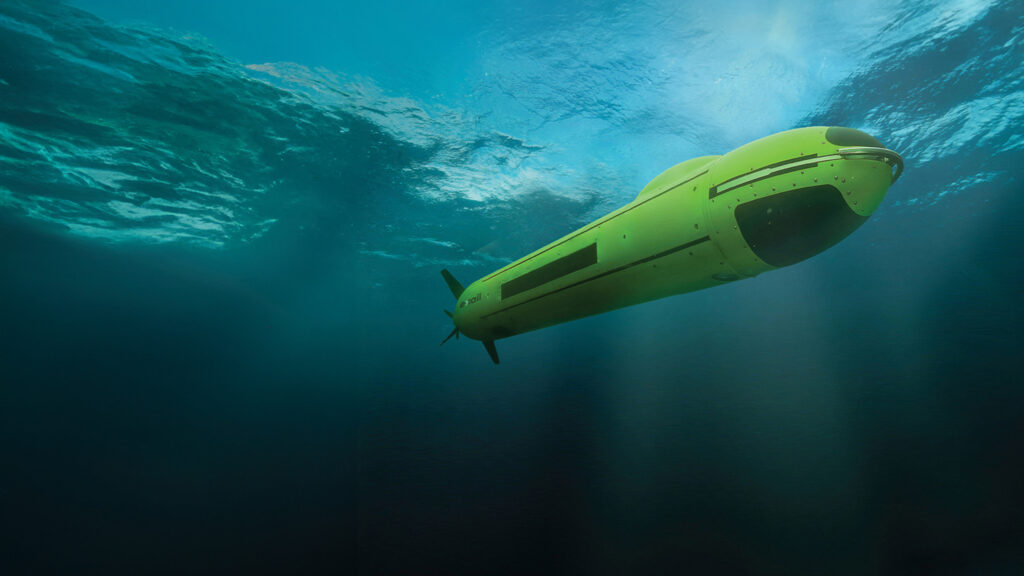The Rise of Extra Large Unmanned Undersea Vehicles (XLUUVs): A New Era in Naval Autonomy
Ever wonder what would happen if you strapped AI to a submarine and gave it a thousand-mile leash? Enter Extra Large Unmanned Undersea Vehicles—or XLUUVs, if you’re in the know. These steel sea beasts don’t just swim; they think, decide, and act without ever needing a coffee break. I’ve seen some gnarly defense tech in my day, but this? This is next-level stuff.
No joke—autonomous undersea giants are quietly rewriting the rules of underwater warfare. Imagine an ocean-borne robot the size of a city bus, diving deep, dodging obstacles, and delivering cargo or intel without human input. And here in 2025, we’re not talking hypotheticals. The U.S. Navy is already test-driving these behemoths—and folks, it’s not a drill.
Welcome to the autonomous age beneath the waves. Programs like the Navy’s CAMP (Combat Autonomous Maritime Platform) are full steam ahead, banking on these leviathans to transform naval warfare. If you’re picturing something like JARVIS from Iron Man in submarine form, you’re surprisingly close.
Why the Navy Is Betting Big on Extra Large UUVs
Here’s the deal: traditional submarines are amazing, but they come with baggage—crews, costs, and constraints. XLUUVs? No sailors, no sick days, and no need for snacks. That alone makes them tempting. But wait, there’s more.
These underwater titans solve the Navy’s Achilles’ heel: limited range and payload. According to a Defense Innovation Unit solicitation, existing UUVs just can’t lug enough gear or travel far enough. CAMP wants plug-and-play systems that can carry real hardware over 1,000 nautical miles. Oh, and did I mention GPS-denied autonomy is a must? Yeah. No pressure.
This isn’t just about replacing sailors with silicon. It’s about building intelligent, mission-hardened platforms that can act independently for weeks. Think: ISR runs, payload delivery, maybe even seafloor sabotage—without needing to call home. The Navy’s not just automating—they’re going full Skynet underwater (okay, maybe not *that* dramatic… yet).
Meet Orca: Boeing’s Diesel-Electric Juggernaut
Say hello to the Navy’s new code ninja: the Orca XLUUV. This bad boy is based on Boeing’s Echo Voyager and stretches 51 feet long—with optional add-ons like a techy LEGO set from the future. Add another 34-foot module if you need more firepower. Because why not?
The Orca runs on a diesel-electric system that screams endurance. You could call it the Tesla of the deep, but with sonar instead of streaming playlists. Its open architecture means new tech upgrades won’t require a complete overhaul—just plug, patch, and deploy. Handy, right?
What’s wild is that Orca doesn’t just float around aimlessly. It makes decisions mid-mission, dodges obstacles, navigates murky terrain, and executes without human prompts. Honestly, it’s like a Roomba—but for securing contested sea lanes and ghosting past enemy sonar. I got sidetracked running through its simulation dashboard last week—oops!
Snakehead LDUUV: The Stealthy Specialist
If Orca is the tank, the Snakehead LDUUV is the ninja. Developed by NUWC Newport, it’s sleek, modular, and designed for large submarine interfaces. At just 4 feet in diameter, Snakehead was made for slipping into tight spots without so much as a sonar ripple.
The program, sadly, is paused—though not forgotten. Snakehead may not have reached prime time, but it paved the way for future open-architecture platforms. Think of it as the unsung hero. Or in meme terms, Snakehead walked so Orca could sprint.
It also marked a key shift: a government-owned underwater drone design that private vendors could build on. That’s a big deal in defense tech, where reinvention is expensive and painful.
The Tech Wish List: Autonomy, Payloads & Ironclad Software
Tech nerds, rejoice. Here’s what the Navy wants in their next-gen AUVs:
- Autonomous navigation (duh) with real-time obstacle avoidance
- Payload support up to 21 feet
- Deep dive ops beyond 200 meters
- GPS-free navigation using RF and acoustic comms
- Plug-and-play architecture (hello, third-party integrations!)
- Cybersecurity woven into every data packet
This isn’t just wishful thinking. These systems are being built to handle long-haul missions, operate from shipping crates, and execute with zero human touch. One surprising nugget? A 2025 CSIS report predicts that autonomous systems like these could slash naval surveillance costs by 30% over the next decade. Now that’s the bee’s knees.
From Submarine to Swiss Army Knife: Civilian Spin-Offs
Let’s not kid ourselves—this tech won’t stay behind military walls forever. Just like drones jumped from battlefields to Amazon deliveries, XLUUVs have major dual-use potential.
Picture this:
- Earthquake-triggered seafloor mapping
- Oil rig and pipeline inspections miles underwater
- Serving as floating comms hubs for submerged fiber-optics
Heck, even NASA is eyeing autonomous submersibles for missions on Europa. It’s like “The Abyss” meets “Interstellar”—and I’m here for it.
Not All Smooth Sailing: Big Hurdles for Big Bots
Okay, real talk. It’s not all shiny metal and streamlined sonar. There are legit challenges, including:
- Logistics: How do you transport these sea tanks across oceans?
- Autonomy: Can these things really operate without a human babysitter?
- Security: If hacked, these vessels become multi-ton liabilities.
- Vendor Drama: Will third-party tech play nice in open systems?
Oh, and don’t forget modeling and simulation. These AUVs need flight-sim-style test beds to ensure they behave predictably in chaotic conditions. I’ve seen projects sink—pun intended—due to skipping this step.
Final Dive: These Beasts Are the Future
We’re living in an era where 95% of global data rides on undersea cables. With seabed warfare and cyber threats heating up, XLUUVs are more than cool toys—they’re strategic shields and swords.
Sure, there’s work to be done. But as autonomy matures and modularity becomes the norm, I’d bet my coffee budget that these ocean robots will become a cornerstone of defense strategy worldwide. ISR? Payload drops? Undersea recon? All in a day’s swim.
The silent war is changing. And XLUUVs are leading the charge—quietly, efficiently, and without surfacing for air. That’s not just evolution—it’s revolution beneath the waves.


